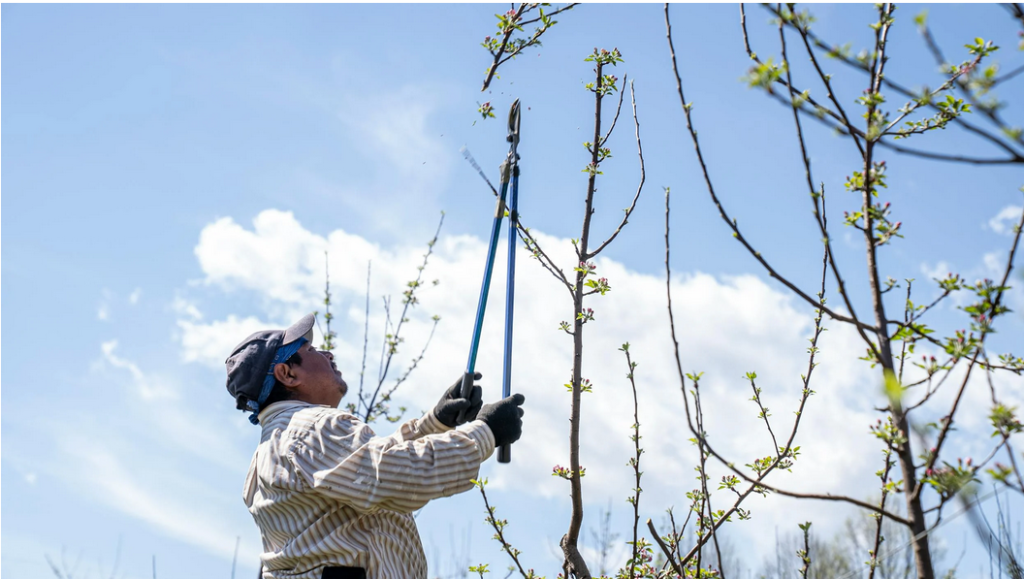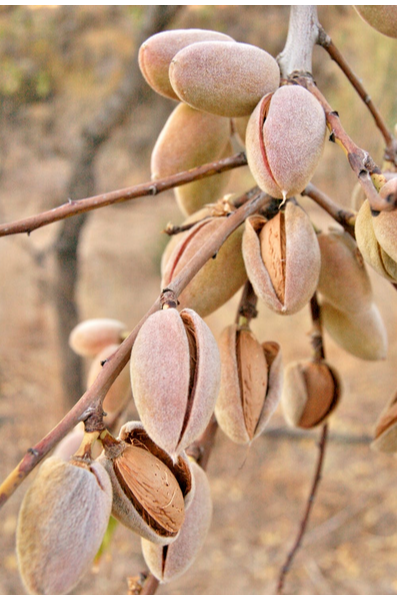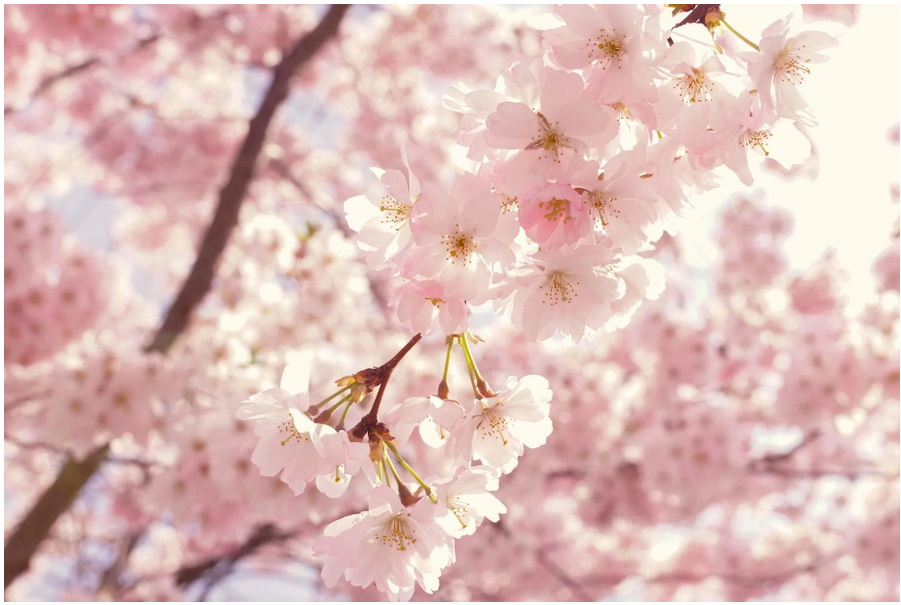September 3rd, 2024Glen, about the house
Pruning
In the last issue I began what I thought was a brief summary of pruning a couple of favourite deciduous, backyard fruit trees that would fill my page nicely. But after some judicious word pruning and deciding that as apples and pears needed the same treatment as do peaches and nectarines, I think we need some more words on pruning. So, here we go again.

Fruit tree pruning – Part 2
Plums.
There are two kinds of plums, Japanese, which bear fruit on first year wood and spurs, and European varieties, which bear on spurs of two years and older. They vary in growth habits and other respects.
Japanese plums.
These are usually quick growing, early bearers and are either upright or spreading in growth, depending on their heritage. It makes no difference in their quality or quantity of fruit, just their garden space needs.
They all seem to do best on the open centre system. Most of the fruit buds are on short spurs in clusters and each has one blossom.
The two-year-old twigs can also bear fruit towards their base. Most of them are heavy bearers and often need a helping hand by removing or tying back offending branches until the fruit has ripened and is ready to harvest.
European plums.
These are more difficult to train, take longer to bring into bearing and are harder to keep going with cropping. Cross-pollination plays quite a big part here. The central leader combination shape comes most naturally to these trees.
Some, like the well-known prunes, do very well on the full central leader shape. The rest start up like this but then turn over to their own shape.

Almonds.
Almond trees are shaped, or more correctly, trained from the very start. This is very important to remember because they do not respond to either pruning or training.
Thinning is the only treatment they can take during their life cycle. They are trained – if possible – on the central leader shape in their own fashion.
Cherry trees.
There are no written rules for the pruning or training of cherries. They are one of the few trees which if left alone will form a perfect shape. Pruning, if ever done, will consist of removing a damaged branch, thinning out of too dense branches and getting rid of water shoots.

Fig trees.
These will grow in many varied shapes if not trained at an early stage. The main branches should not be cut back at the first pruning, only selected and allowed to develop further.
Figs can be grown most successfully on the combined shape so another crown can be developed above the first but then limit them to the open shape.
Figs grow fruit on the new wood, towards the tips, so no pruning should take place unless the tree is growing too straggly and spindly.
When this happens, shorten back half of these branches to a few buds one year and then cut the other half the following year. This pruning is best done evenly distributed each year, all over each tree.
Got a gardening query? Email glenzgarden gmail.com










